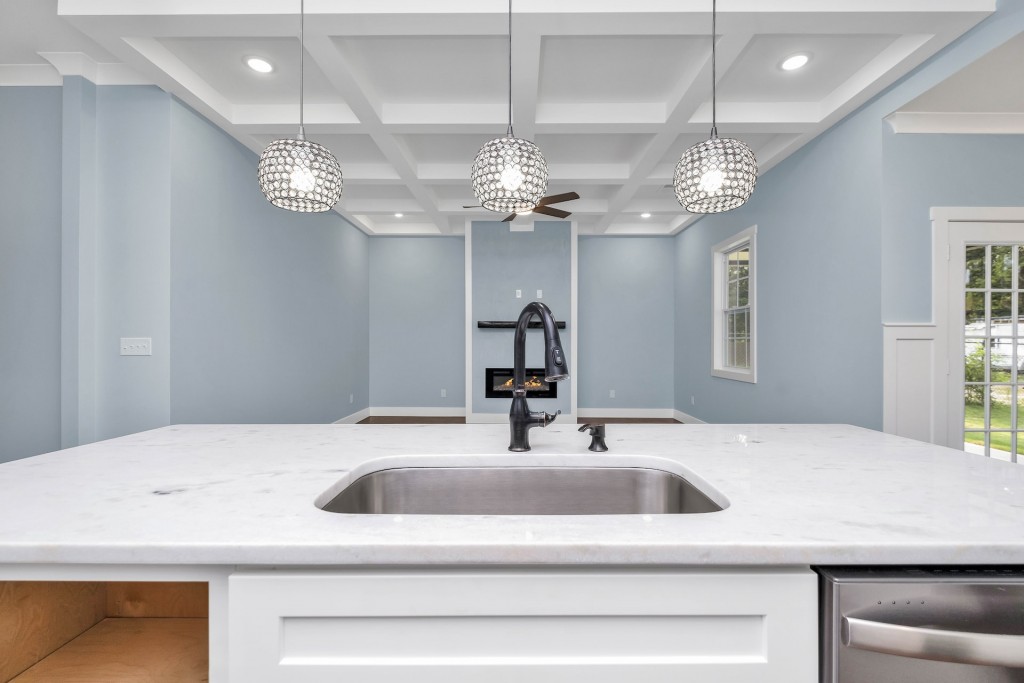
Is there anything worse than a clean kitchen with a stained countertop? No matter how you scrub at your countertop with a sponge, that red Kool-Aid stain is just not coming out. At least, not if you don’t have Solid Surface. With Solid Surface countertops, it’s easy to remove stains from your countertops.
Countertop Stains
There are a number of things that can cause stains on light-colored countertops. This is true of almost all materials, from plastic laminate to white stone. If something with a potent color sits on it long enough, like Kool-Aid that was spilled the night before, it can leave a permanent stain.
Naturally, if you opted for white countertops to begin with, a bright red or blue stain probably isn’t in fitting with your decor. Unfortunately, for most materials, stain removal is hard.
Standard Stain Removal Techniques
For many countertops, you can attempt to remove a stain by applying something like bleach or hydrogen peroxide. However, there’s no guarantee that this will remove the stain. In most cases, the best it can do is lighten it.
Fortunately, standard practice to remove stains from countertops isn’t necessary when working with Solid Surface.
What Is Solid Surface?
Solid Surface is made with a liquid compound in the same way cement is. After mixing the compound, a chemical reaction occurs which causes it to heat up and harden. Have you ever made anything with plaster of Paris? That’s kind of how Solid Surface works. This liquid is poured into a mold so that it’s the correct dimensions to become your new countertop.
Because of how Solid Surface is made – using a liquid – the color and patterns run all the way through the countertop. Unlike laminate, which has a thin layer of laminated coating on it, Corian provides countertops that aren’t ruined by surface damage. Superficial damage like staining isn’t the end for these bad boys.
Remove Stains from Solid Surface Countertops
One of many benefits of having Solid Surface countertops is that stains are easy to remove. You can remove stains from these countertops by simply sanding them out. This is true of other superficial damage too, like scratches, dents, chips, and more.
For damage that reaches down past the very surface of the countertop, we recommend using an electric sander. You’ll want to sand out far past the targeted damage in order to ensure an even work surface. Only sand away as much of the surface as absolutely necessary. After all, if you remove a millimeter of the countertop every time you damage it, you’ll have a very limited number of mistakes you can make before your countertop’s integrity begins to disappear with the evidence.
Fortunately, stains don’t run very deep. You might be able to buff them out by hand with a piece of sandpaper. Just remember to buy fine-grit sandpaper as well to smooth out the surface when you’re done, as well as a buffer. Otherwise you’ll just end up with a rough patch instead of a stain, and you don’t want that!
If you want countertops that are impervious to stains and superficial damage, you’ve come to the right place. Check out our countertop styles and colors and find what’s right for you.
